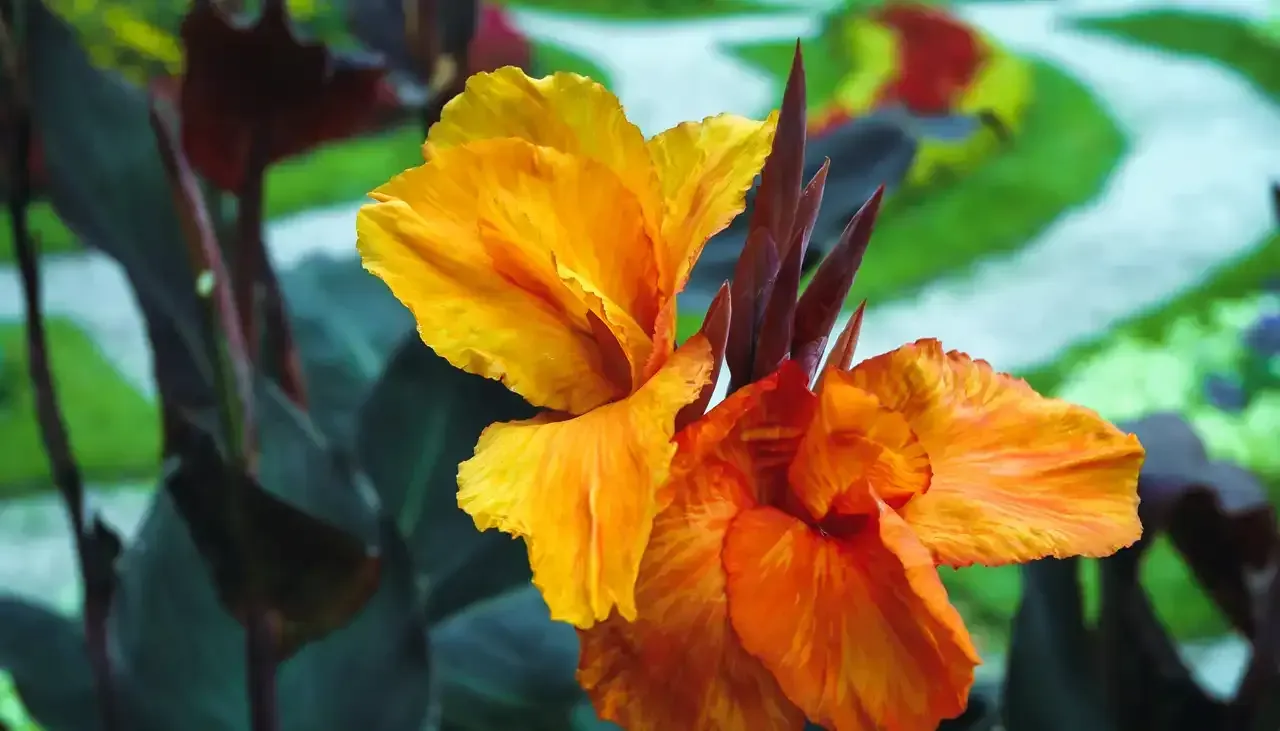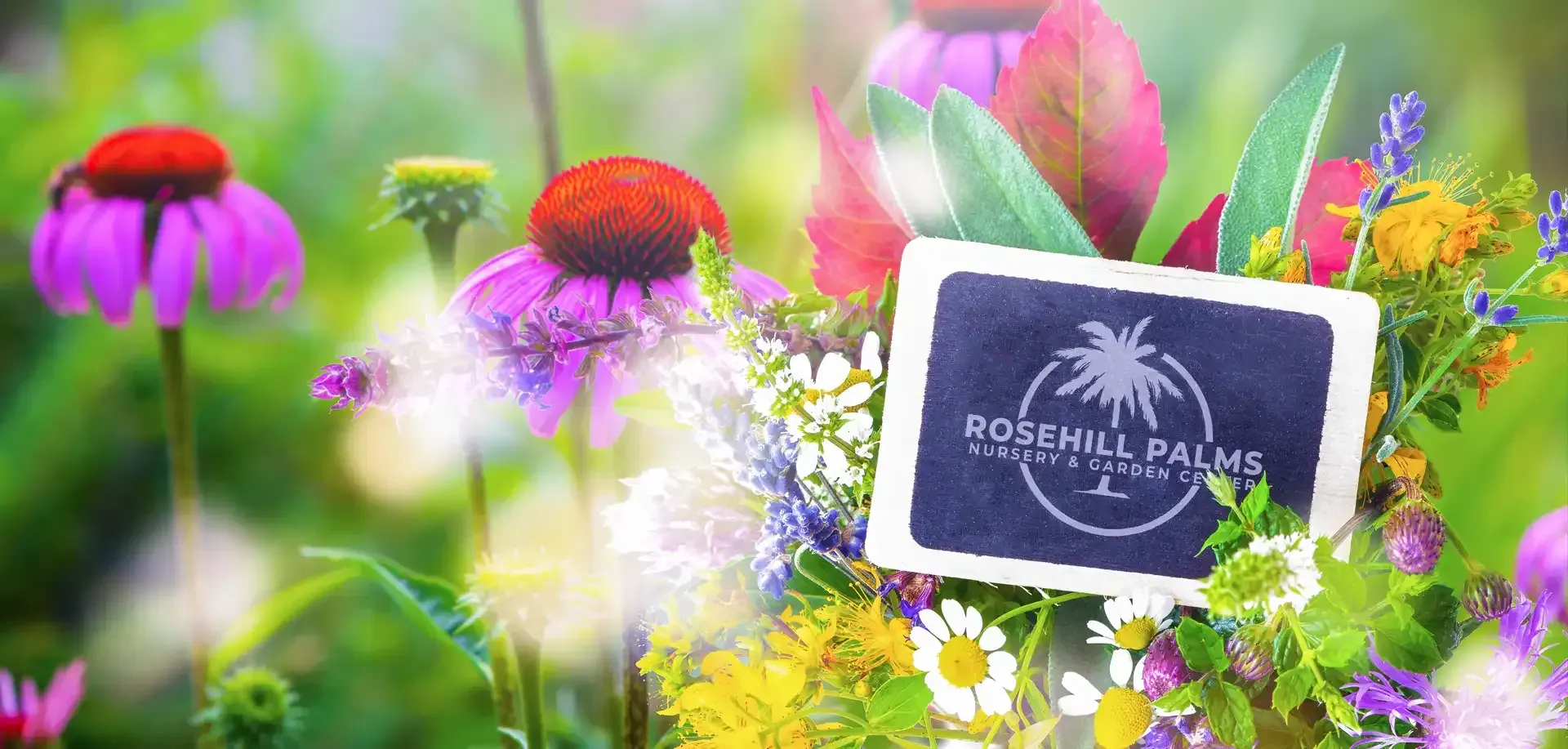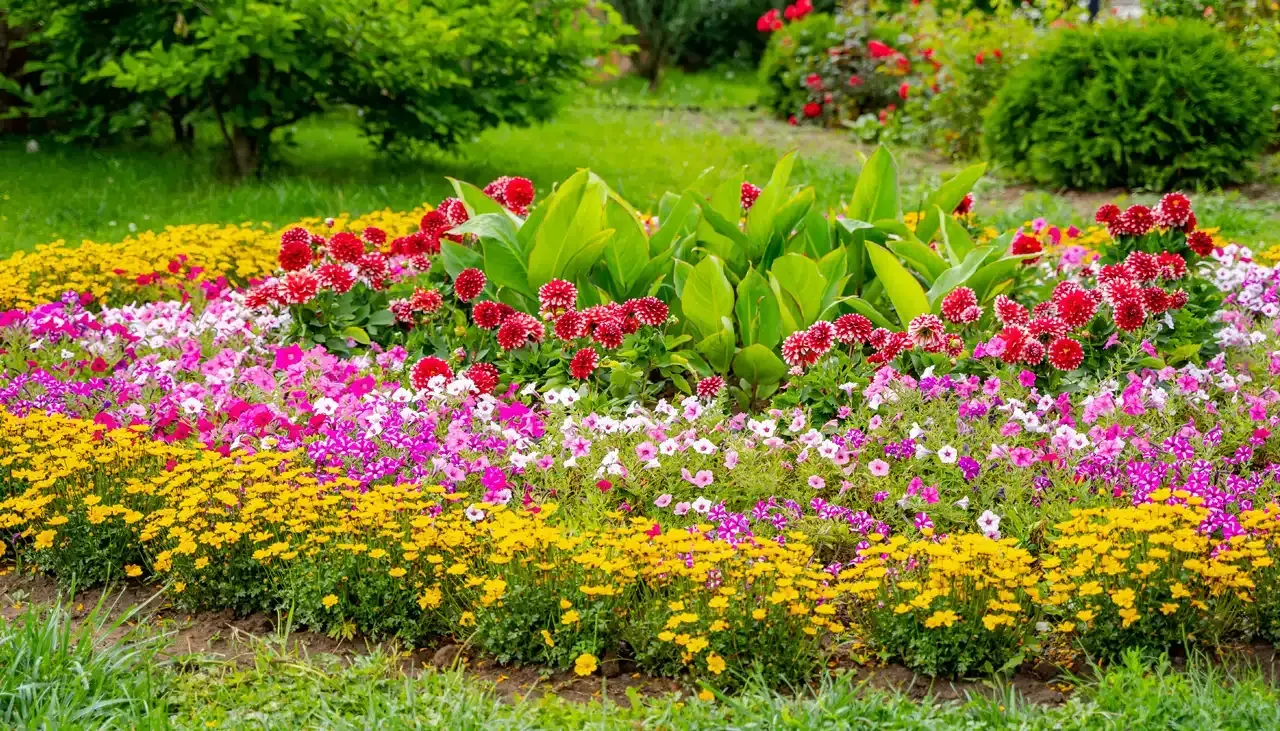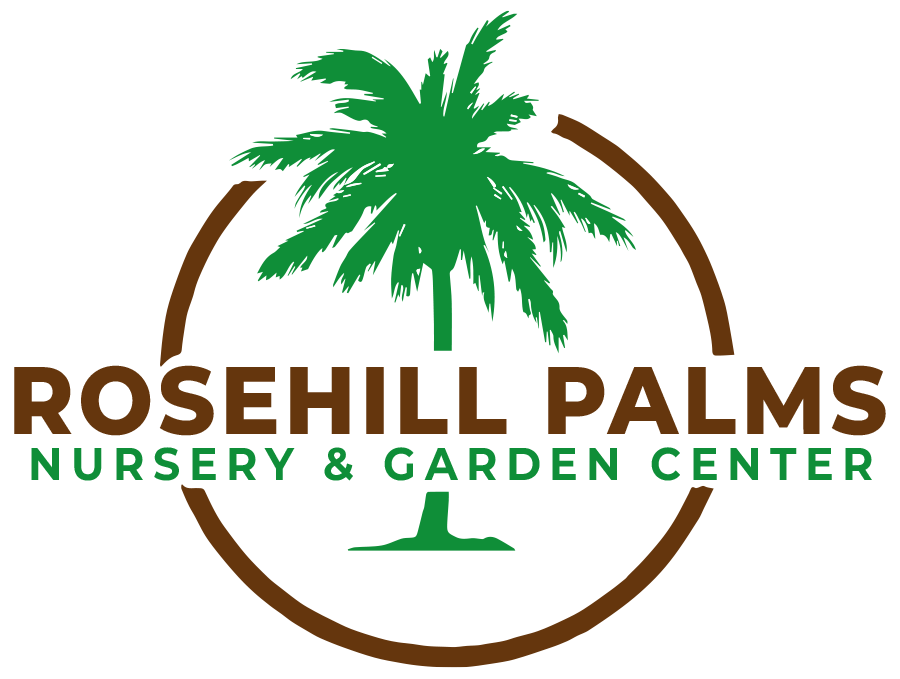Guide to Managing Overgrown Summer Landscaping
Addressing Overgrown Summer Landscaping
What is Summer Overgrowth?
Summer overgrowth occurs when plants, shrubs, and trees grow excessively due to the long days, warm temperatures, and frequent watering common in the season. Without regular maintenance, this growth can lead to overcrowded plants, blocked pathways, and a generally unkempt appearance in your garden or yard. Overgrown landscaping can also create an environment that harbors pests and diseases, harming your plants.
Tools and Materials Needed for Maintenance
You’ll need the right tools and materials to tackle overgrown summer landscaping. These may include:
Pruning Shears
To trim smaller branches
and stems
Loppers
To cut thicker branches
Hedge Trimmers
To trim smaller branches
and stems
Rake and Leaf Blower
To collect and remove debris
Weed Puller or Hoe
To eliminate weeds from garden
beds and pathways
Safety Gear
Always use gloves and googles to protect your hands and eyes
Always use clean, sharp pruning shears or loppers to make clean cuts that allow the plant to heal faster.
How to Manage Overgrown Summer Landscaping
Assessment
Walk around your yard and identify areas that need attention, such as overgrown shrubs, trees encroaching on other plants, or weeds taking over garden beds. Make a list of tasks to prioritize based on the severity of the overgrowth.
Pruning Techniques for Different Plants
Pruning is crucial for maintaining a healthy and attractive garden, especially during the summer when plants can grow vigorously. Be sure to use the correct technique for each plant type to avoid damaging them.
Trees
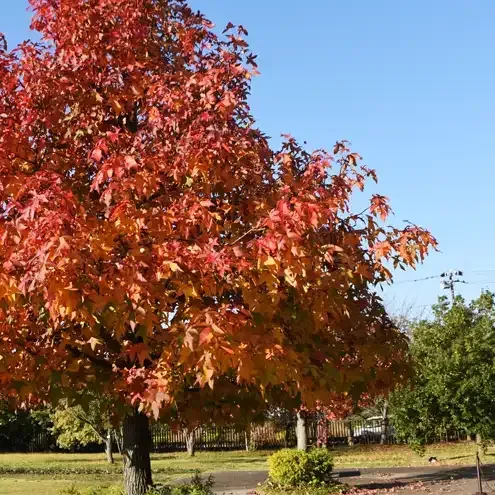
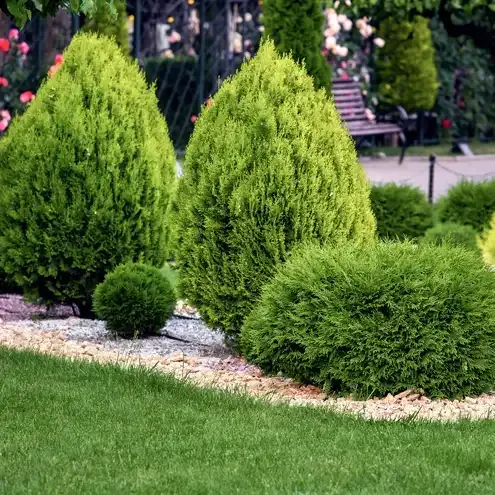
Deciduous Trees:
Prune after the leaves have fully formed in late spring or early summer. Focus on removing dead, damaged, or crossing branches. This helps to maintain the tree’s shape and improve air circulation.
Evergreen Trees:
These generally require less pruning. If needed, prune in late winter or early spring before new growth begins. Trim back any overgrown branches to maintain the tree’s natural shape.
Shrubs
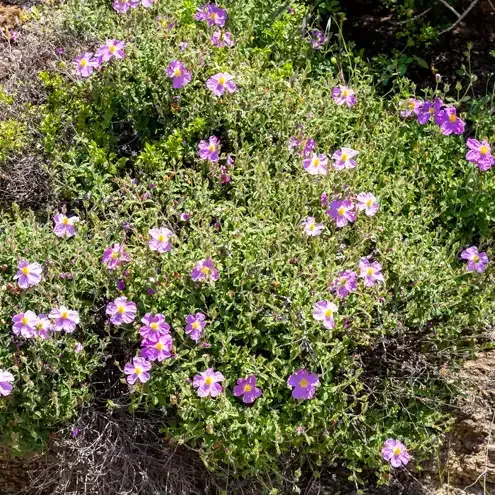
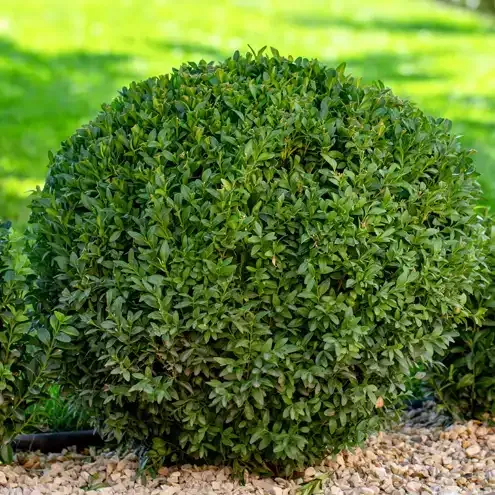
Flowering Shrubs:
Timing is essential for flowering shrubs. If the shrub blooms in spring (like lilacs or azaleas), prune it immediately after flowering. For summer-blooming shrubs (like butterfly bush), prune in late winter or early spring before new growth starts. Remove spent flowers (deadheading) to encourage more blooms.
Evergreen Shrubs:
Prune lightly to maintain shape and remove any dead or damaged branches. This can be done in early spring before new growth or in late summer.
Perennials
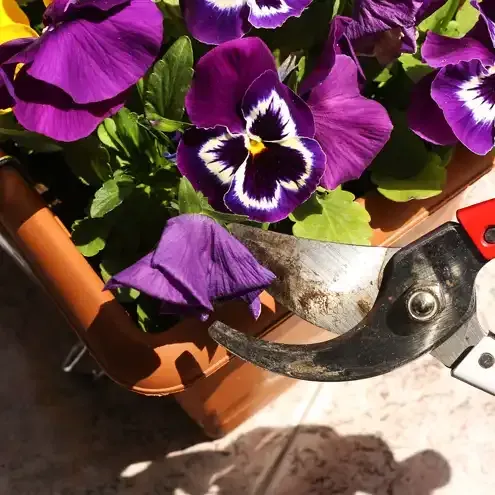
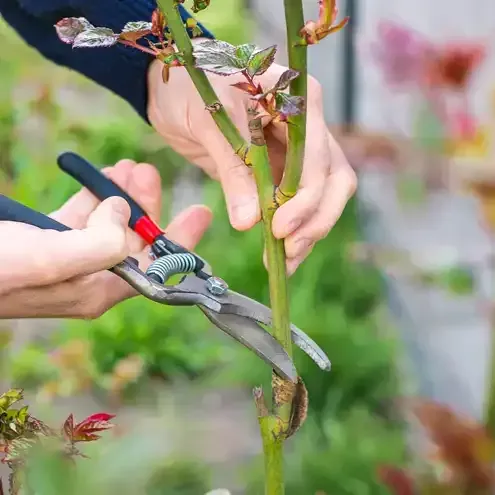
Deadheading:
Regularly remove spent flowers to encourage further blooming and to keep the plant looking tidy. Use sharp shears to cut just above a leaf or bud.
Cutting Back:
At the end of the growing season, cut back perennials to a few inches above the ground. This helps to prepare them for winter and encourages healthy growth in the next season.
Vines and Climbing Plants

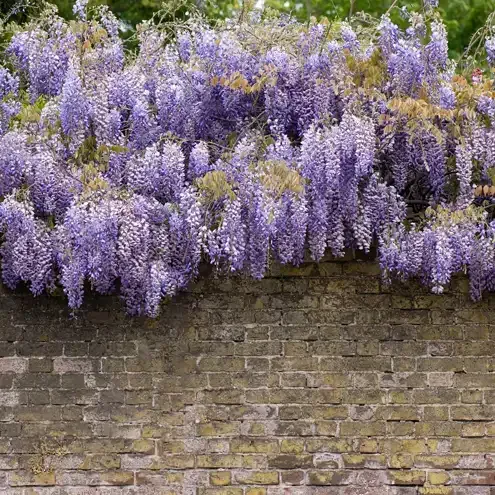
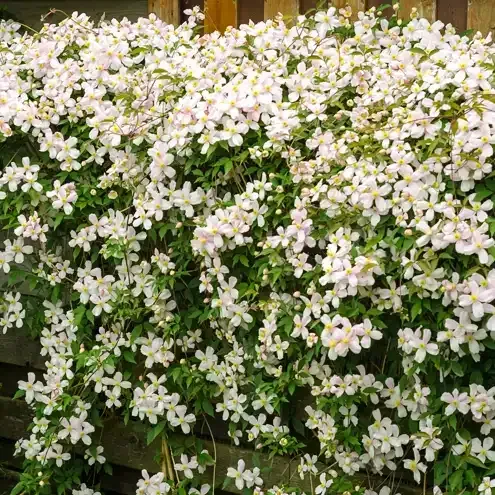
Plants like Bougainvillea, Wisteria, and Clematis require regular pruning to control their growth and shape. Prune after flowering to remove spent blooms and trim back overgrown areas.
For aggressive growers, such as wisteria, more frequent pruning may be necessary to prevent them from overtaking structures.
Managing Weeds and Unwanted Shrubbery
Weeds can quickly take over during the summer, stealing nutrients from your plants. Use a weed puller or hoe to remove them by the roots. Apply mulch around your plants to suppress future weed growth and retain moisture in the soil.
For larger, unwanted shrubs, consider cutting them back or removing them entirely if they are encroaching on other plants.
General Tips
Angle Your Cuts:
Make cuts at a 45-degree angle to encourage water runoff and prevent rot.
Remove Dead or Diseased Wood:
Start by cutting out any dead, diseased, or damaged branches to prevent the spread of disease and pests.
Thin Out Crowded Areas:
If branches are crossing or rubbing against each other, thin them out to improve air circulation and light penetration, which reduces the risk of disease.
Preventative Measures for Future Growth
To prevent future overgrowth, implement a regular maintenance schedule. Prune plants and trees regularly throughout the growing season, and keep an eye on fast-growing plants that may need more frequent attention. Mulching garden beds can also help control weeds and regulate soil temperature, reducing the likelihood of overgrowth.
When to Call a Professional
Professional landscapers have the expertise and equipment to handle large-scale pruning and can ensure the health and safety of your plants. If your landscape is severely overgrown or if large trees need significant pruning, it might be time to call a professional. Additionally, if you’re unsure about how to properly prune certain plants, seeking professional advice can prevent accidental damage.
Conclusion
Regular maintenance and careful planning can help keep your landscape looking its best, even during the peak growing season. By addressing overgrowth promptly, you can enjoy a tidy and healthy outdoor space all year round.
Rosehill Palms
18511 FM 2920 Rd, Tomball, TX 77377
Proud member of the
Please feel free to contact us via the form below. We will give you an answer as soon as possible!
Contact Form Blog
We will get back to you as soon as possible.
Please try again later.
Rosehill Palms | Developed by Urdaneta Group WSI | All Rights Reserved 2025
Rosehill Palms | Developed by WSI Houston | All Rights Reserved 2024

